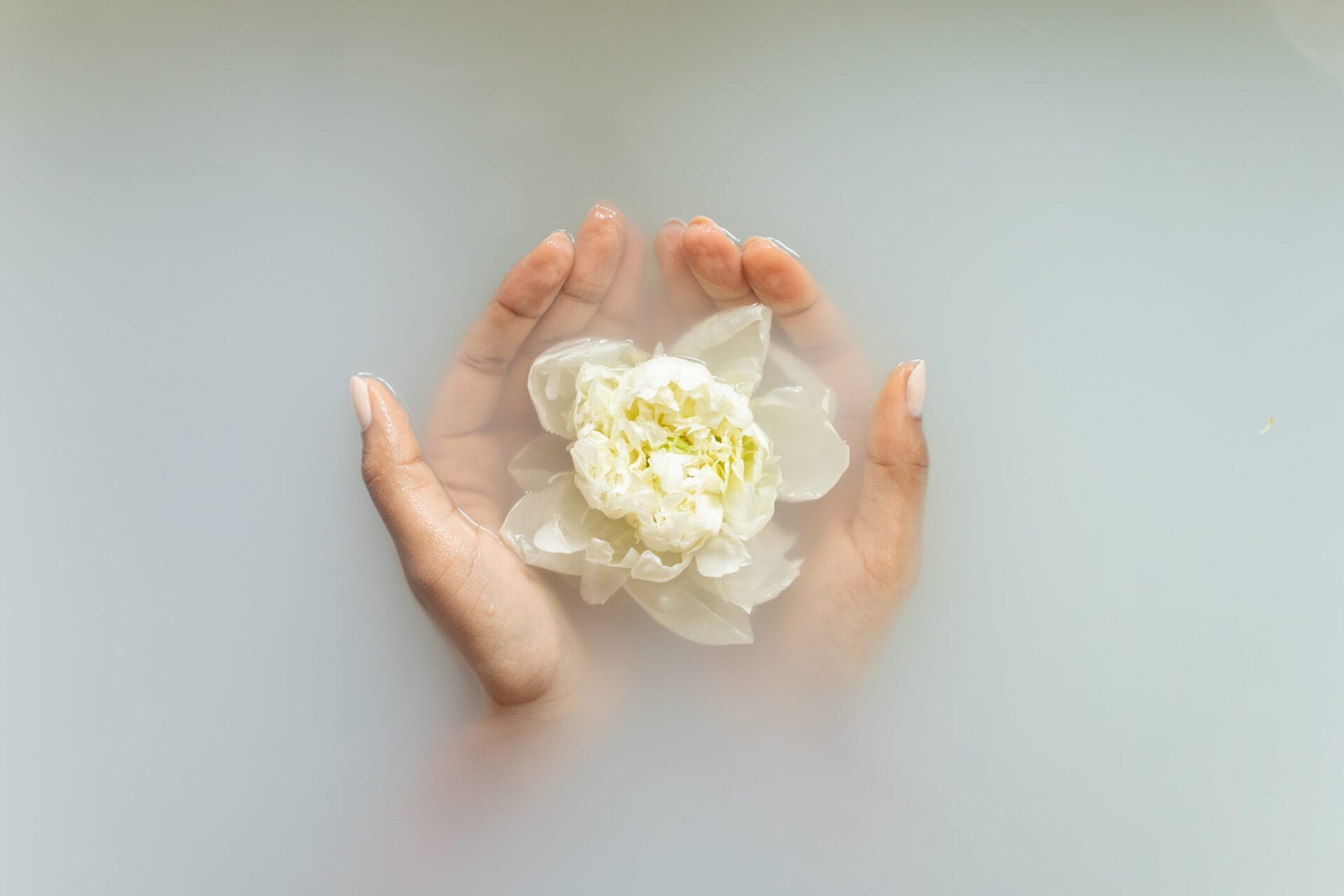Distilled water is a type of soft water. It is created through a process of distillation, which involves boiling water and collecting the steam that forms. This steam is then cooled and condensed back into liquid form. The result is pure, clean water that is free from minerals and other impurities. Distilled water has a low level of hardness, which makes it ideal for use in various applications where hard water could prove damaging or costly to use.Distilled water is water that has been boiled and evaporated away from any impurities or minerals, leaving it with a much cleaner taste than regular tap water. It is often used in medical and laboratory settings, as well as for drinking water, because it does not contain any of the potentially harmful substances that can be found in ordinary tap water.
Distilled Water vs Soft Water
Distilled water and soft water are two different types of water, each with its own particular properties. Distilled water is free of minerals and other contaminants, while soft water is treated with a process that reduces the concentration of certain minerals in the water. Both types of water can be used for various purposes, but there are significant differences between them.
Distilled water is created by boiling untreated tap or groundwater and condensing the steam back into liquid form. This process removes impurities such as minerals, salts, metals, and other contaminants from the liquid. The result is a clear, odorless liquid that has no taste. It is often used in laboratories and for medical purposes because it does not contain any impurities that could affect experiments or treatments.
Soft water is created by passing untreated tap or groundwater through a process called ion exchange. This process removes some of the minerals found in untreated water, such as calcium and magnesium, and replaces them with sodium ions. Softened water has a slightly salty taste because of the added sodium ions, but it also has much lower levels of calcium and magnesium than untreated tap or groundwater.
The major difference between soft water and distilled water lies in their mineral contents. Distilled water contains no minerals at all, while soft water has been softened by removing certain minerals from it (calcium and magnesium) and replacing them with sodium ions. Distilled water may be better suited for some purposes than softened water due to its lack of any mineral content whatsoever, while softened water may be preferred for other uses due to its lower mineral content compared to untreated tap or groundwater.
When deciding which type of water to use for a particular purpose, it’s important to consider both distilled and softened waters’ properties to determine which one would be more suitable for the task at hand. In some cases either type of treatment may be suitable; however there are definite advantages to using one over the other depending on the application or purpose.
Is Distilled Water Soft Water?
Distilled water is a type of water that has been through a process of distillation to remove many contaminants. It is usually soft, but not always. This depends on the source of the water and the type of distillation process used. In general, distilled water is softer than hard water but not as soft as soft water.
Distillation works by boiling the water and capturing the resulting steam in a condenser before cooling it back into liquid form. This process captures most impurities, including minerals, chemicals, and other contaminants. The result is pure, clean drinking water that has no taste or odor.
Soft water has gone through a process of ion exchange to remove most of the calcium and magnesium found in hard water. Distilled water does not go through this process, which means it still contains some minerals and other elements that can cause hardness in the water.
The mineral content of distilled water also depends on what was present in the source before it was distilled. If it was from a hard-water source, then there will be more minerals present than if it was from a soft-water source. Depending on where you live, some sources may contain more minerals than others.
Overall, distilled water is usually softer than hard-water but not as soft as soft-water. It still contains some minerals that can cause hardness in the water if left untreated for long periods of time but does provide a safe alternative when drinking quality is an issue.
Advantages of Drinking Distilled Water
Distilled water has several benefits. It is free of minerals, pollutants, and other contaminants, making it a healthier and more natural choice than tap water. It is also known to be better for your teeth since it does not contain fluoride. Additionally, it has a longer shelf life than other types of water and can last up to a year if stored correctly. Finally, distilled water is much easier to find and purchase compared to other types of purified water such as reverse osmosis or deionized water.
Disadvantages of Drinking Distilled Water
The major downside to drinking distilled water is that it can lack essential minerals such as calcium and magnesium that are beneficial for maintaining good health. Additionally, it does not have the same taste as regular tap or spring water due to the removal of all other minerals during the distillation process. Finally, distilled water can be more expensive than regular tap or spring water due to the additional energy required in the distillation process.
Benefits of Drinking Soft Water
Soft water has many benefits that make it a popular choice for drinking, cooking and other household purposes. It has fewer minerals compared to hard water, which makes it more appealing to drink and use for cooking. Soft water is also less likely to cause scale buildup on fixtures and appliances, reducing the need for more frequent maintenance. In addition, soft water may reduce skin irritation because it does not contain high levels of minerals that can be drying or irritating.
Soft water is also easier on clothes during the washing and rinsing process. This is because the absence of minerals in soft water means detergent can penetrate fabrics more easily and remove dirt, stains, and odors more effectively. Soft water can also help to extend the life of clothes by preventing mineral deposits from building up in fabric fibers.
For those who are concerned about their health, soft water may be a better option than hard water because it does not contain as many contaminants such as iron or magnesium. These minerals can cause an unpleasant taste and odor in drinking water as well as potential health risks if ingested over a long period of time. Soft water may also be beneficial for people with sensitive skin since it will not strip away natural oils that keep skin hydrated and healthy.

How to Test if the Water is Soft or Hard?
Testing the hardness of water is essential to determine whether it needs to be softened. This is especially important if you’re planning on installing a water softener in your home. There are several simple yet effective methods that you can use to determine the hardness of the water in your home.
The first method uses a simple test strip that change colours when dipped in hard or soft water. These strips are available at most hardware stores and can be used quickly and easily. All you need to do is submerge the strip into a sample of your tap water, wait a few seconds, and then match the colour of the strip against a chart indicating hard or soft water.
Another method for testing for hard water involves using a titration test kit. This type of test measures how much soap is required to create a lather in your tap water which can indicate its hardness level. The titration test kit contains instructions which explain how to use it correctly and accurately measure your water’s hardness level.
Finally, you can also get an at-home test kit from your local hardware store that will allow you to determine if your tap water is soft or hard. The kit usually comes with instructions on how to use it correctly as well as all the materials needed for testing.
Testing for mineral content in your tap water is essential if you’re considering installing a home water softener system. These simple yet effective methods will help you accurately determine the hardness of your tap water so that you can make an informed decision about what kind of system would best suit your needs.
Impurities in Hard Water
Hard water contains high levels of dissolved minerals, such as calcium and magnesium. These minerals come from rocks and soil that the water passes over or through, and can leave a residue on kitchenware, plumbing fixtures, and laundry. The most common impurities found in hard water include calcium carbonate, magnesium carbonate, calcium sulfate, and magnesium sulfate. Other impurities may also be present in smaller amounts such as iron, manganese, aluminum, barium, strontium, zinc, lead and copper.
Impurities in Soft Water
Soft water is usually low in mineral content which makes it more desirable for drinking. However, it can contain other impurities such as sodium chloride and high levels of nitrate and sulfates which can be a health hazard if consumed in large amounts. Other impurities that may be present in soft water include chlorides of potassium or magnesium; boron; total dissolved solids; hardness caused by calcium or magnesium; organics such as pesticides or herbicides; bacteria or viruses; lead or mercury; volatile organic compounds (VOCs); and radon.
The Process of Producing Distilled Water
Distilled water is a type of purified water that has had both contaminants and minerals removed. The process for producing distilled water can be broken down into three main steps: boiling, condensation and collection.
Firstly, the process begins with the boiling of the water. This is done in a large container known as a still. During this boiling process, the impurities and minerals are left behind while the water vaporizes and rises up from the still.
Secondly, when the vaporized water reaches the top of the still it enters a condenser where it is cooled down until it turns back into liquid form. As it loses its heat, any additional impurities that may have been present in the vapor are left behind.
Finally, after condensing, the distilled water is collected in a container located at the bottom of the still. This collected distilled water is now free from contaminants and minerals, making it safe to drink or use for other purposes such as cleaning or medical procedures.
Overall, this process for producing distilled water is relatively simple but highly effective at producing high-quality purified water for numerous applications.

Conclusion
Distilled water is a form of soft water. It is free from minerals and other impurities that can make it hard. Distilled water is often used in many commercial and industrial applications, due to its ability to dissolve and transport materials. It can also be used for drinking, as it does not contain the high levels of contaminants found in other waters. This makes it a suitable option for those with special dietary needs or health concerns. While distilled water may not be as tasty as other forms of water, its purity can provide benefits to those who drink it regularly.
In conclusion, distilled water is a form of soft water that can provide benefits to those looking for a pure source of drinking water. Its lack of minerals and contaminants makes it an ideal choice for use in many applications where purity is essential.

